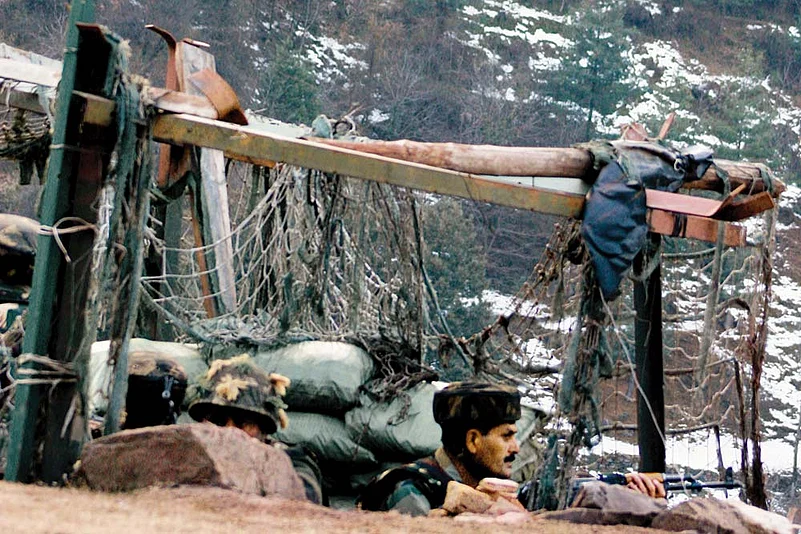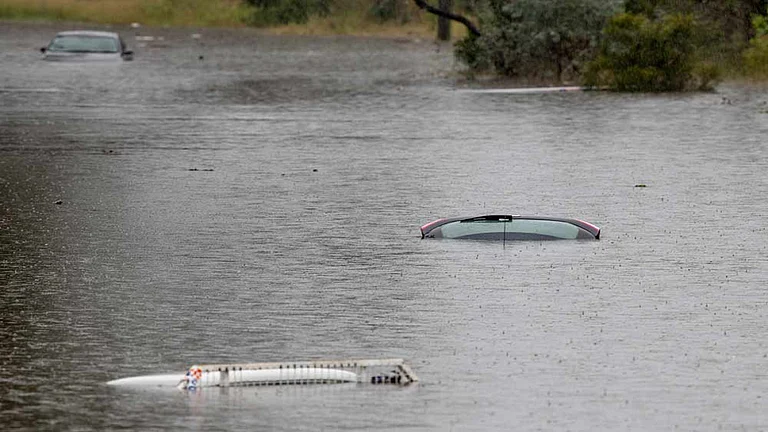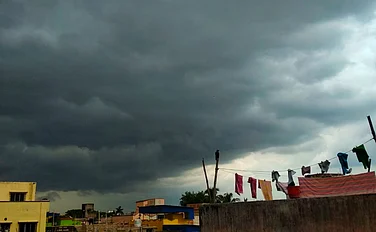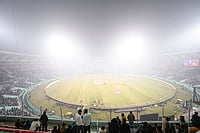The military stand-off between India and China in eastern Ladakh has taken the focus away from the Line of Control (LoC) that witnesses firing and shelling between the Indian and Pakistani armies almost every day, leading to casualties on both sides. On October 1, two Indian soldiers were killed during heavy shelling in the Nowgam sector of north Kashmir’s Kupwara district, and another in Jammu’s Poonch sector. On October 5, Subedar Sukhdev Singh was killed in a ceasefire violation in Nowshera sector. Regular cross-LoC shelling has been reported from Shahpur Kirni, Qasba and Mendhar sectors of Poonch, and Rajouri in Jammu. The first six months of 2020 saw a 75 per cent rise in ceasefire violations along the LoC and the international border in Jammu and Kashmir as compared to the same period last year. The government told Parliament that there have been 3,186 ceasefire violations by Pakistan along the LoC in Jammu from January 1 to September 7. Also, 242 incidents of cross-border firing from January 1 to August 31 were reported in the Jammu region, along the international border with Pakistan, MoS for defence, Shripad Naik, said in the Rajya Sabha.
According to Jammu-based analyst and author Zafar Chaudhary, skirmishes along the LoC is an “everyday reminder of the existence of a territorial conflict, which has two armies engaged in eyeball-to-eyeball position even in times jointly confirmed by New Delhi and Islamabad as peaceful”. “Things have gone wrong on the LoC even when the two countries were preparing for summits or decided to soften the line for travel and trade. The local military commanders are required to furnish a monthly report of ‘no change’ in the situation. Even a stray bullet can trigger a cascading effect to go on for days. Militant groups understand the military protocols and would always like to cause incidents that could draw the two armies into a longer engagement,” he adds.
Last year, India accused Pakistani troops of making the highest number of ceasefire violations in 16 years since the 2003 ceasefire agreement between the two nations. India reported over 3,200 instances or an average of nine such violations daily in 2019—1,565 of which took place after the abrogation of Article 370 in August. Senior army officers say the ceasefire violations are happening as per an old strategy and in the old pattern, and that the army is capable of dealing with the situation. Lieutenant General B.S. Raju, general officer commanding of 15 Corps, says Pakistan initiates the ceasefire violations to aid infiltration by militants. He says there are 250 to 300 militants waiting to cross the LoC into the Indian side, but infiltration has decreased due to “the army’s strict vigil”. Last year, 130 militants had managed to sneak in by October, while the figure is just 30 for the same period this year.
For people living in border areas, however, the daily ceasefire violations are exasperating. “Firing along LoC has increased substantially over the past year, causing severe damage to our villages here. We talk about it, but nobody listens to us,” says Shafiq Mir, a sarpanch from Rajouri. “Since the abrogation of Article 370, not a day has passed without some ceasefire violation taking place. Unfortunately, despite the loss of lives, no one is bothered and all the focus is on Ladakh.”
Ashok Gupta, who heads the Dogra Front that staged a protest in Jammu last week against ceasefire violations, says, “We want it to end once and for all, even if there is war.” While Ghulam Ahmad Mir, who heads the J&K unit of the Congress, alleges that the Centre pretends that all is well in the region even though it has “become a battlefield”.
According to the PDP, daily ceasefire violations signify a failure of politics, diplomacy and statesmanship. “It is not that there could never be a ceasefire or restoration of peace and normalcy between the two hostile neighbours. But, unfortunately, J&K is seen as a distant security challenge rather than the home of 1.3 crore people who barely survive amidst unending internal problems and external threats to peace,” says PDP leader Naeem Akhtar. “Peace is not achieved through war or constant fight, but by statesmanship and accommodation by both sides. That is singularly lacking in New Delhi’s handling of Kashmir. It sees this as a ‘Muslim problem’ rather than something that kills citizens of both sides of the LoC.”
By Naseer Ganai in Srinagar


























